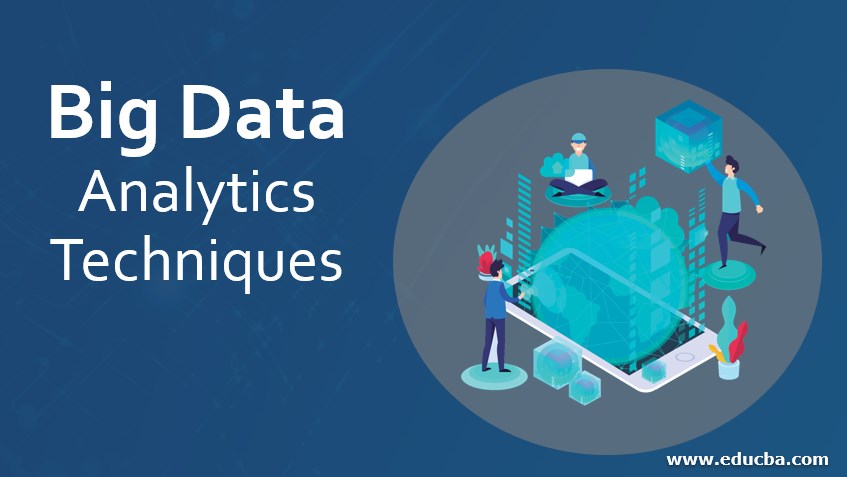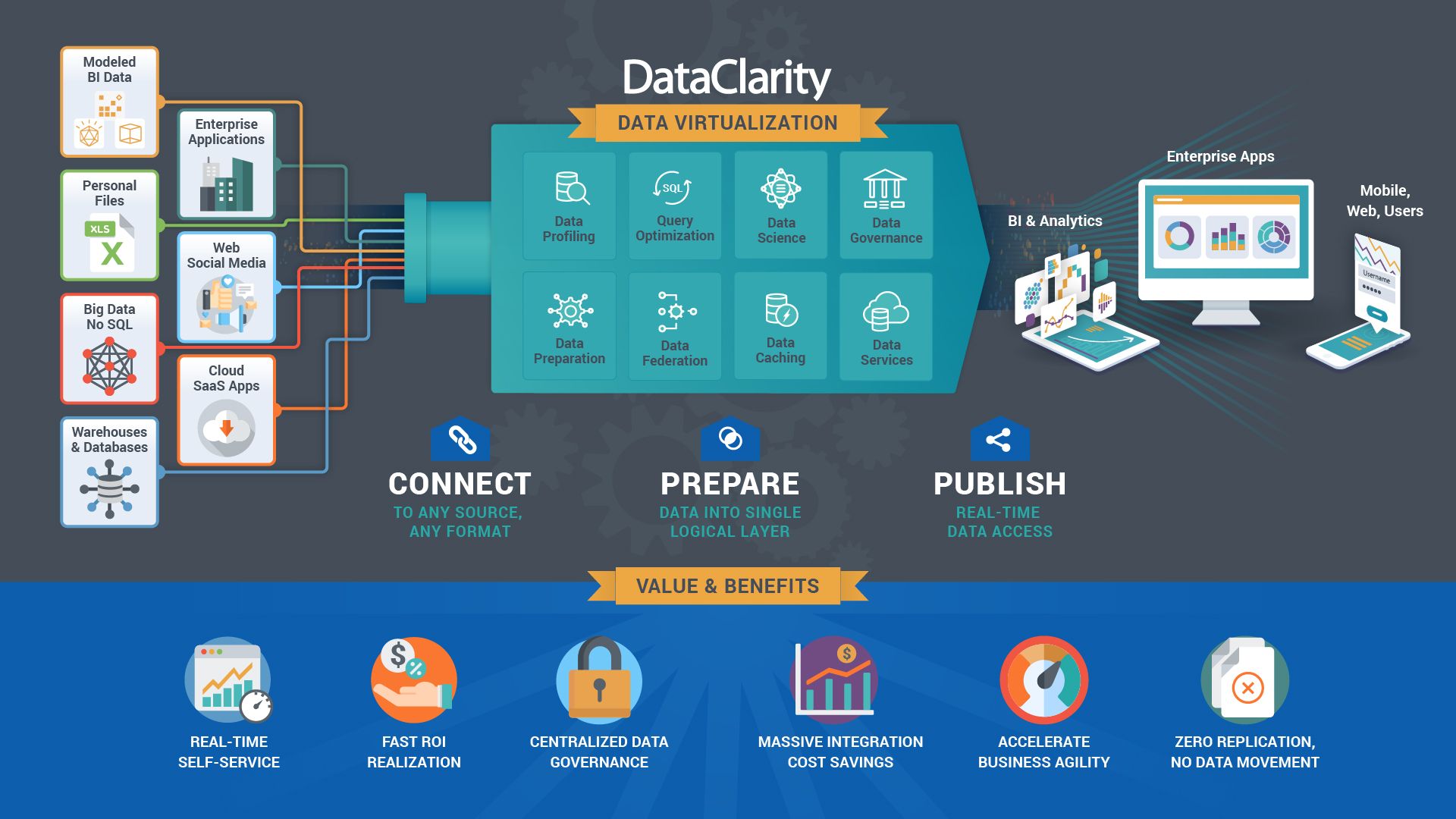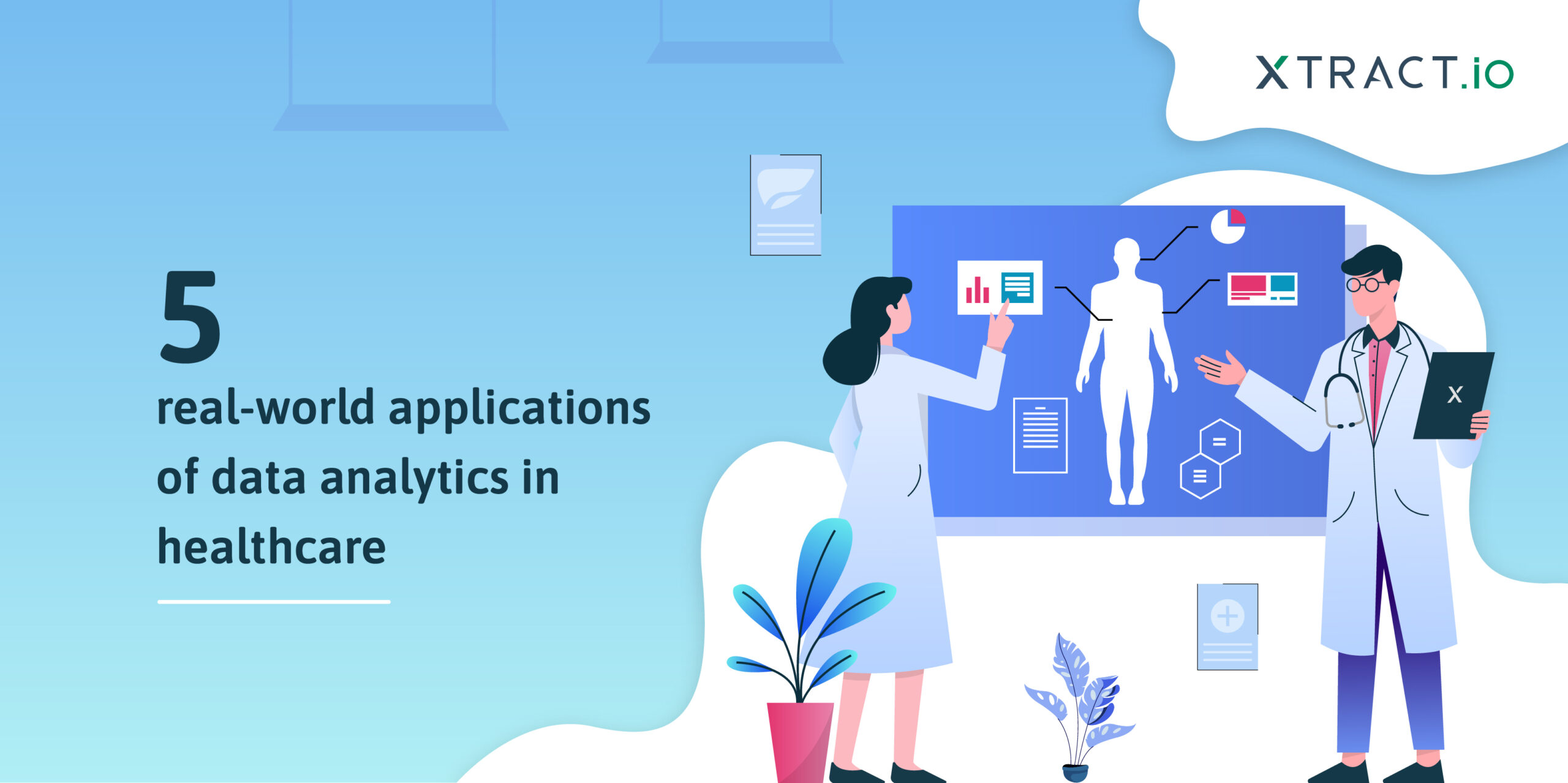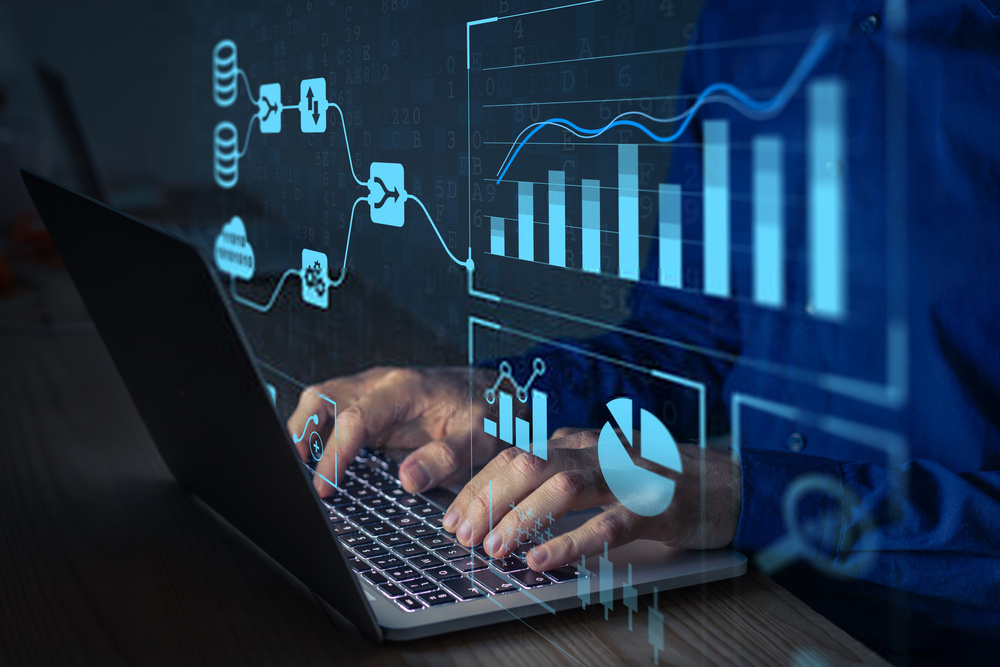Data Analytics vs. Data Science: An In-Depth Comparison
Data analytics and data science are two interconnected disciplines that play crucial roles in today’s data-driven world. Both fields focus on extracting valuable insights from data, but they differ in their techniques, objectives, and scopes. Understanding these differences is essential for professionals and organizations looking to leverage data for decision-making and innovation.
Data analytics is a process of inspecting, cleansing, transforming, and modeling data to discover useful information, draw conclusions, and support decision-making. It often involves using statistical methods and tools to analyze structured or semi-structured data. Data analytics aims to provide actionable insights that can help organizations improve their performance, productivity, and competitiveness. It typically focuses on answering specific questions, identifying patterns, and making predictions based on historical data.
Data science, on the other hand, is a multidisciplinary field that combines elements of statistics, computer science, and domain expertise to extract knowledge and insights from data. Data science often involves working with large, complex, and unstructured data sets, using advanced techniques such as machine learning, deep learning, and artificial intelligence. Data science aims to create predictive models, discover hidden patterns, and make recommendations that can help organizations make strategic decisions, optimize processes, and innovate products and services.
In summary, data analytics and data science share a common goal of extracting value from data, but they differ in their methods, tools, and objectives. Data analytics focuses on analyzing structured data to provide actionable insights, while data science uses advanced techniques to extract knowledge and insights from complex and unstructured data. Both fields are essential for organizations looking to leverage data for competitive advantage, and they often complement each other in practice.
Key Concepts and Techniques in Data Analytics
Data analytics is a rapidly evolving field that involves a wide range of concepts and techniques for extracting insights from data. Some of the fundamental concepts and techniques in data analytics include:
- Data cleaning: Data cleaning is the process of identifying and correcting or removing errors, inconsistencies, and inaccuracies in data sets. Data cleaning is a critical step in data analytics, as it ensures that the data used for analysis is reliable and valid. Common data cleaning techniques include handling missing values, removing duplicates, and correcting formatting issues.
- Data visualization: Data visualization is the process of representing data in a graphical or visual format to facilitate understanding, exploration, and communication. Data visualization can help data analysts identify patterns, trends, and outliers in data sets, and it can also help them communicate their findings to stakeholders and decision-makers. Common data visualization techniques include bar charts, line charts, scatter plots, and heat maps.
- Statistical analysis: Statistical analysis is the process of applying statistical methods and techniques to data sets to identify patterns, trends, and relationships. Statistical analysis can help data analysts make inferences and predictions about populations, processes, and phenomena based on sample data. Common statistical analysis techniques include hypothesis testing, regression analysis, and time series analysis.
Data analytics has numerous applications in various industries, such as healthcare, finance, marketing, and transportation. For example, data analytics can help healthcare providers identify patterns in patient data to improve diagnosis and treatment, or it can help financial institutions detect fraud and manage risk. Data analytics can also help marketers understand customer behavior and preferences, or it can help transportation companies optimize routes and reduce costs.
In conclusion, data analytics is a vital field that involves various concepts and techniques for extracting insights from data. Data cleaning, data visualization, and statistical analysis are some of the fundamental concepts and techniques in data analytics. Data analytics has numerous applications in various industries and can provide significant value and insights to organizations and individuals alike.
Key Concepts and Techniques in Data Science
Data science is a multidisciplinary field that combines elements of statistics, computer science, and domain expertise to extract knowledge and insights from data. Some of the essential concepts and techniques in data science include:
- Machine learning: Machine learning is a subset of artificial intelligence that involves training algorithms to learn patterns and make predictions from data. Machine learning can be used for various tasks, such as classification, regression, clustering, and anomaly detection. Machine learning algorithms can be supervised, unsupervised, or semi-supervised, depending on the availability and type of labeled data.
- Predictive modeling: Predictive modeling is the process of creating mathematical or statistical models that can predict future outcomes based on historical data. Predictive modeling can be used for various purposes, such as forecasting sales, predicting customer churn, or identifying fraud. Predictive modeling techniques include linear regression, logistic regression, decision trees, and neural networks.
- Artificial intelligence: Artificial intelligence (AI) is a broader field that involves creating machines that can perform tasks that normally require human intelligence, such as perception, reasoning, learning, and decision-making. AI includes various techniques, such as machine learning, natural language processing, computer vision, and robotics.
Data science has numerous applications in various industries, such as healthcare, finance, marketing, and transportation. For example, data science can help healthcare providers predict patient outcomes, or it can help financial institutions detect fraud and manage risk. Data science can also help marketers personalize customer experiences, or it can help transportation companies optimize routes and reduce costs.
In conclusion, data science is a powerful field that involves various concepts and techniques for extracting knowledge and insights from data. Machine learning, predictive modeling, and artificial intelligence are some of the essential concepts and techniques in data science. Data science has numerous applications in various industries and can provide significant value and insights to organizations and individuals alike.
How to Choose Between Data Analytics and Data Science
Choosing between data analytics and data science can be a challenging decision, as both fields have their own unique concepts, techniques, and applications. However, by considering a few factors, you can make an informed decision that aligns with your career goals, skill sets, and industry trends.
- Career goals: The first factor to consider is your career goals. Do you want to focus on analyzing and visualizing data to gain insights and make data-driven decisions, or do you want to build predictive models and develop intelligent systems using machine learning and artificial intelligence? If you are more interested in the former, data analytics may be a better fit. If you are more interested in the latter, data science may be a better fit.
- Skill sets: The second factor to consider is your skill sets. Do you have a strong background in statistics, mathematics, and programming, or are you more interested in data visualization, communication, and storytelling? If you have a strong background in statistics, mathematics, and programming, you may be more suited for data science. If you are more interested in data visualization, communication, and storytelling, you may be more suited for data analytics.
- Industry trends: The third factor to consider is industry trends. Which field has more demand and growth potential in your industry or region? According to Glassdoor, data scientist and data analyst are among the top 20 jobs in the United States in 2021, with median base salaries of $113,000 and $67,000, respectively. However, the demand and growth potential may vary depending on the industry and region.
In conclusion, choosing between data analytics and data science depends on your career goals, skill sets, and industry trends. By considering these factors, you can make an informed decision that aligns with your interests, strengths, and opportunities. Both fields have their own unique concepts, techniques, and applications, and both have the potential to provide significant value and insights to organizations and individuals alike.
Popular Tools and Platforms in Data Analytics and Data Science
Data analytics and data science require a variety of tools and platforms to perform various tasks, such as data cleaning, data visualization, statistical analysis, machine learning, and predictive modeling. Here are some of the most popular tools and platforms used in data analytics and data science:
- Python: Python is a popular programming language for data analytics and data science, thanks to its simplicity, flexibility, and versatility. Python has a wide range of libraries and frameworks, such as NumPy, Pandas, Matplotlib, Seaborn, Scikit-learn, and TensorFlow, that can be used for various data analytics and data science tasks.
- R: R is another popular programming language for data analytics and data science, especially among statisticians and data analysts. R has a wide range of packages, such as ggplot2, dplyr, tidyr, and caret, that can be used for various data analytics and data science tasks.
- SQL: SQL (Structured Query Language) is a standard language for managing and manipulating relational databases. SQL can be used for various data analytics and data science tasks, such as data cleaning, data transformation, and data querying.
- Tableau: Tableau is a popular data visualization tool that can be used to create interactive and dynamic dashboards, charts, and graphs. Tableau can be used for various data analytics and data science tasks, such as data exploration, data discovery, and data storytelling.
- Power BI: Power BI is a business analytics service by Microsoft that provides interactive visualizations and business intelligence capabilities with an interface simple enough for end users to create their own reports and dashboards.
In conclusion, data analytics and data science require a variety of tools and platforms to perform various tasks. Python, R, SQL, Tableau, and Power BI are some of the most popular tools and platforms used in data analytics and data science. By choosing the right tools and platforms, you can enhance your productivity, efficiency, and effectiveness in data analytics and data science.
Real-World Applications of Data Analytics and Data Science
Data analytics and data science have made significant contributions to various industries, such as healthcare, finance, marketing, and transportation. Here are some examples of real-world applications of data analytics and data science in these industries:
- Healthcare: Data analytics and data science have been used to improve patient outcomes, reduce costs, and enhance healthcare delivery. For example, predictive analytics has been used to identify patients at risk of readmission, and machine learning has been used to develop personalized treatment plans. Natural language processing has been used to extract insights from electronic health records, and computer vision has been used to diagnose diseases from medical images.
- Finance: Data analytics and data science have been used to manage risk, detect fraud, and optimize investment strategies. For example, machine learning has been used to develop credit scoring models, and predictive analytics has been used to detect anomalies in financial transactions. Natural language processing has been used to analyze financial reports and news, and optimization algorithms have been used to solve complex financial problems.
- Marketing: Data analytics and data science have been used to understand customer behavior, personalize marketing campaigns, and measure marketing effectiveness. For example, predictive analytics has been used to identify customer segments, and machine learning has been used to develop recommendation systems. Natural language processing has been used to analyze customer feedback and social media data, and attribution modeling has been used to measure the impact of marketing channels.
- Transportation: Data analytics and data science have been used to optimize routes, reduce congestion, and enhance passenger experience. For example, predictive analytics has been used to forecast demand and optimize schedules, and machine learning has been used to develop traffic prediction models. Natural language processing has been used to analyze passenger feedback and social media data, and computer vision has been used to monitor traffic conditions.
In conclusion, data analytics and data science have made significant contributions to various industries, such as healthcare, finance, marketing, and transportation. By leveraging the power of data, organizations can improve their operations, reduce costs, and enhance customer experience. The potential applications of data analytics and data science are endless, and the future looks promising for data-driven organizations.
Future Trends and Opportunities in Data Analytics and Data Science
Data analytics and data science are constantly evolving fields, with new trends and opportunities emerging all the time. Here are some of the most exciting trends and opportunities in data analytics and data science:
- Automation: Automation is becoming increasingly important in data analytics and data science, as it allows organizations to process and analyze large volumes of data more efficiently. Automation tools, such as automated machine learning platforms, can help data scientists and analysts build and deploy models faster, while reducing the risk of errors and biases.
- Ethics: Ethics is becoming a critical issue in data analytics and data science, as organizations grapple with issues such as data privacy, bias, and fairness. Data scientists and analysts need to be aware of the ethical implications of their work and take steps to ensure that their models are transparent, explainable, and fair.
- Privacy: Privacy is another critical issue in data analytics and data science, as organizations seek to balance the need for data with the need to protect individual privacy. Data scientists and analysts need to be aware of privacy regulations, such as the General Data Protection Regulation (GDPR), and take steps to ensure that their data practices are compliant.
- Cloud Computing: Cloud computing is becoming increasingly popular in data analytics and data science, as it allows organizations to store, process, and analyze large volumes of data more efficiently. Cloud computing platforms, such as Amazon Web Services (AWS) and Microsoft Azure, offer a range of tools and services for data analytics and data science, including machine learning, predictive analytics, and data visualization.
- Cybersecurity: Cybersecurity is becoming a critical issue in data analytics and data science, as organizations seek to protect their data from cyber threats. Data scientists and analysts need to be aware of cybersecurity best practices and take steps to ensure that their data is secure.
In conclusion, automation, ethics, privacy, cloud computing, and cybersecurity are some of the most exciting trends and opportunities in data analytics and data science. By staying up-to-date with these trends and opportunities, data scientists and analysts can position themselves for success in a rapidly changing field.
Getting Started in Data Analytics and Data Science: Education and Training
Data analytics and data science are exciting and rewarding fields, with many opportunities for career growth and development. However, getting started in these fields can be challenging, especially for those who are new to the field. Here are some tips for getting started in data analytics and data science:
- Education: A strong educational background in a related field, such as mathematics, statistics, or computer science, is essential for success in data analytics and data science. Many universities and colleges offer degree programs in data analytics and data science, as well as certificate programs and individual courses. It’s important to choose a program that covers the fundamental concepts and techniques in data analytics and data science, such as data cleaning, data visualization, statistical analysis, machine learning, and predictive modeling.
- Training: In addition to formal education, training programs and workshops can help data analysts and data scientists stay up-to-date with the latest tools and techniques. Many organizations offer training programs for their employees, and there are also many online resources and courses available. It’s important to choose training programs that are relevant to your career goals and skill sets, and that offer hands-on experience with real-world data sets.
- Networking: Networking is essential for success in data analytics and data science. Attending conferences, meetups, and other events can help you connect with other data professionals, learn about new trends and opportunities, and find potential job opportunities. It’s important to be active in the data community, and to build relationships with other data professionals who can help you grow and develop in your career.
In conclusion, education, training, and networking are essential for success in data analytics and data science. By investing in your education and training, and by building relationships with other data professionals, you can position yourself for success in a rapidly growing field. With the right skills, experience, and network, you can pursue a rewarding career in data analytics and data science, and make a positive impact on society.






